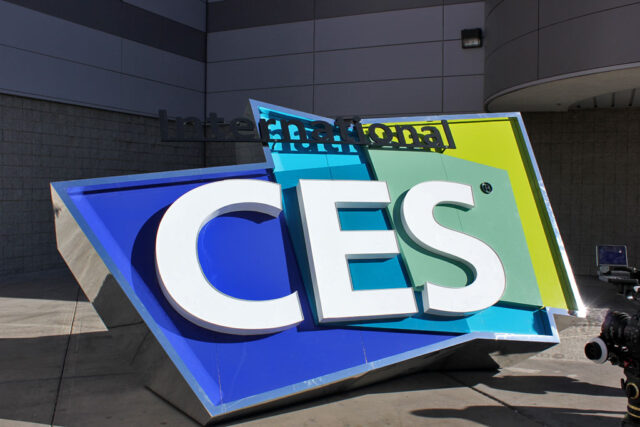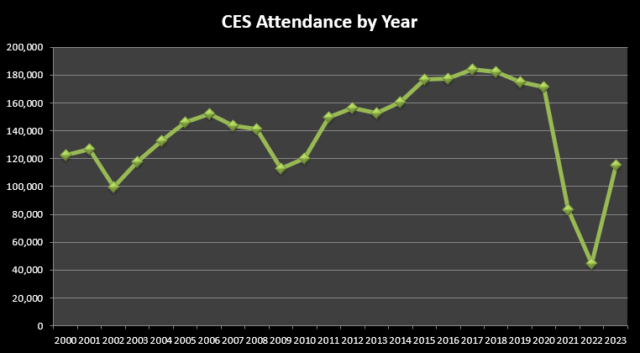Introduction
Imagine that it is January 1978 and you are the owner of a retail store that sells televisions, cameras, home stereos, portable radios and other electronics. You want to find out what hot new items consumers may want this year, so you fly out to Las Vegas to attend the Consumer Electronics Show.
At the convention center, there are aisles of vendor booths from major brand names flanked by smaller booths with unknown companies showing off their latest gadgets. In a day or two, you can meet up with all of your existing suppliers, find new suppliers, get catalogs, price lists, sales forecasts, and other industry information.
With this information and a Rolodex full of business cards, you could return home and evaluate which products to sell in your store the following season.
From the mid-1960s through the mid-2000s, this was one method that small retailers and chain store buyers would use to decide which items to stock in their stores.
Where Consumer Technologies Debut
First held in 1967, the Consumer Electronics Show (CES) is the largest trade show for the consumer technology industry. CES is where the VCR, the camcorder, the compact disc, DVD, satellite receivers, the first plasma TV, and other technologies debuted. CES has also seen the launch of some technologies that were less successful, such as the LaserDisc, the MiniDisc, and HD Radio.
The Global Stage for Technology
CES has grown over the past five decades, fueled by multiple expansions of the Las Vegas Convention Center. The convention changed to its current format in 1998, which is a once-a-year event held in January. The week-long convention draws people from more than 80 countries worldwide, with attendance exceeding 120,000 people in a typical year. CES attendance peaked in the late 2010s with more than 180,000 visitors in both 2018 and 2019.
Big Brands, Big Expenses
At these events, global tech brands including Sony, LG, Samsung, Nokia, Microsoft, Lenovo, and others have poured fantastic amounts of money to build ever-bigger and ever more impressive booths to impress the media and to outdo each other.
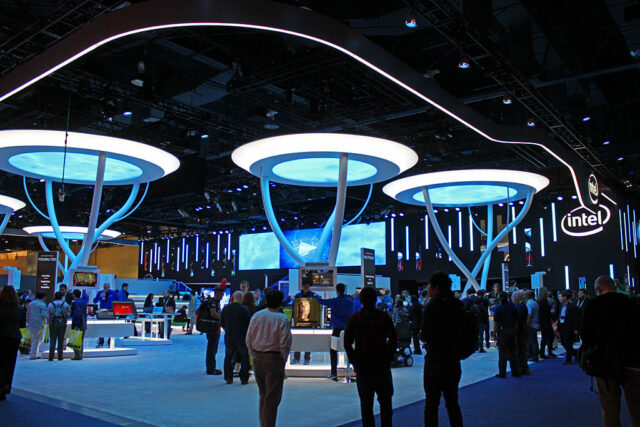
A massive wall of television screens covers the booth, which is staffed with attractive models from talent agencies who can speak about the company’s latest product releases. Giveaways, promos, media events, and press conferences are all part of the big carnival that is CES.
These big global brands spend lavishly to show off their latest products. It costs a fantastic amount of money to put together and run one of these elaborate booths for an entire week.
Rocked by the Pandemic
Like the rest of the world, the CES show took a big hit during the pandemic. The show was held as normal in 2020, with attendance of 171,000 recorded. CES tried an all-virtual format for 2021, which saw its attendance plummet to 80,000 – a 72% drop from the previous year. The show returned to an in-person format for 2022, where attendance was recorded at just 45,000 – due to restrictions on international travel. Things rebounded somewhat in 2023, with attendance of 115,000 people.
It remains to be seen if attendance at CES will ever reach pre-pandemic levels again.
Opting Out of CES
At some point, the return on investment stopped making sense for some companies. Apple left CES after 1992 and began focusing on its own events to launch new products. Microsoft left after the 2011 event, with their massive booth space going to Chinese manufacturer HiSense. Manufacturers like Google host their own annual events and developer conferences.
Other events that focus on specific segments of the tech world such as Mobile World Congress (phones) and E3 (gaming) have pulled vendors and attendees away from the CES show. A major announcement in 2022 from Google said they would be pulling their in-person presence at CES going forward.
A Showcase of Giant, Cheap Televisions
In my opinion, CES has been phoning it in for the past several years. Rather than introducing new and innovative technologies, I feel like the show has mostly morphed into a showcase of giant, cheap televisions. First it was HDTV, then 4K, then 3D televisions, then 8K displays.
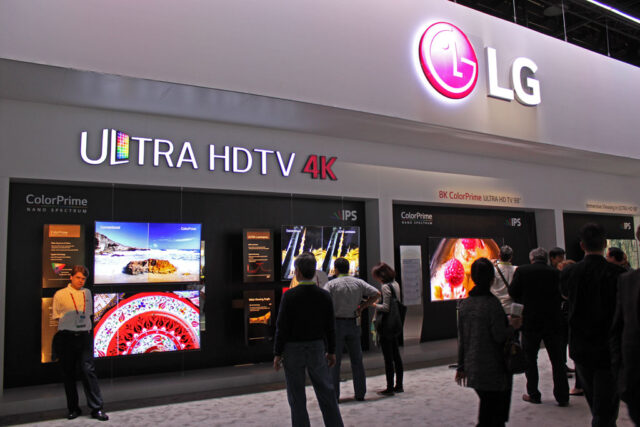
Besides televisions, I have noticed a trend of media-grabbing concepts that are not ever intended for production (see: the Hyundai x Uber flying air taxi at CES 2020). It gives the press something to report on for a week, then the story quickly fades away with no further acknowledgement from the companies involved that they were ever working on that technology. It has been a while since anything truly revolutionary has come out of CES, in my opinion.
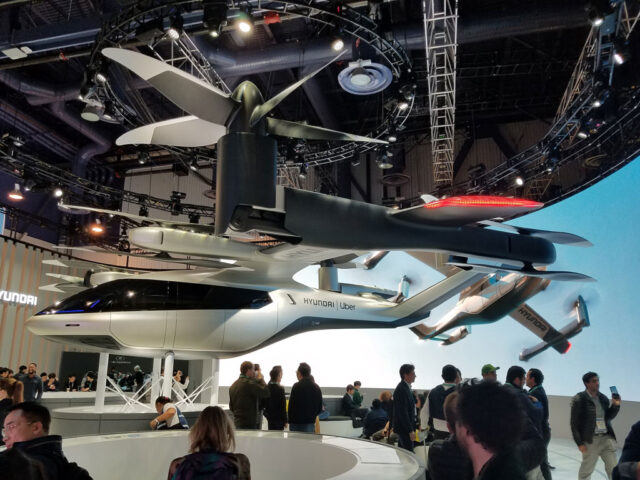
A Technology Show on Wheels
Another point is that a substantial amount of the show’s floor space is taken up by major auto manufacturers such as Ford and Chrysler, as well as smaller autonomous vehicle startups. CES has been walking the line between tech show and auto show for many years.
As connected cars and electric vehicles become increasingly common, they are no longer on the cutting edge of what’s new. Many of these displays make more sense at the New York, Chicago, or LA auto show, or at the SEMA Show.
Is CES Still Relevant?
Is the show still relevant for retail buyers when you can find suppliers and manufacturers, price lists, and product information via the Internet? No, it’s not.
Is the show still relevant for introducing new and innovative consumer electronic technologies? Not in the last several years, I’d say.
Is attendance declining as major exhibitors are dropping out of the show, one by one? Yes, it seems to be a slow, steady trend.
I have to wonder how long the show’s organizers will continue to go through the motions, or how much longer it will be until the Consumer Electronics Show no longer makes financial sense. I am sad to say it, but I think the event has peaked and will continue to decline slowly over the next several years, unless something big changes.
